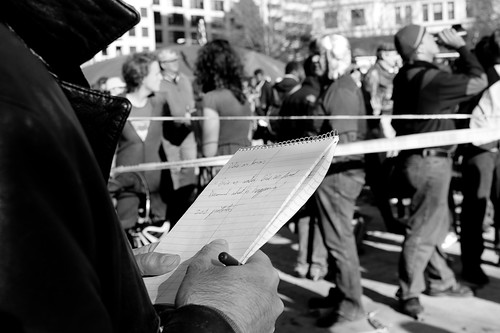I’m quoted in this AOL Government article on citizen participation. The story makes the point that you can have a much bigger impact in your community than at the federal level.
I’ve seen that in DC (the city, not the metaphor), where local issues are frequently debated to death. For example, the ten-year long struggle over the redevelopment of the Wisconsin Avenue Giant. The plan to upgrade this grocery store was so contentious that it claimed the job of one local planning director and caused her successor to steer clear of the whole mess.
Which is why I’ve been so impressed by the District Department of Transportation (DDOT), as I mentioned in the article. They put a bike lane down the center of Pennsylvania Avenue, a project that benefits bikers (like me) and is a powerful example of including bikes in transportation plans. They also put in a protected bike lane down 15th St, a block from where I live. This was done in a matter of months, compared to morasses like the Wisconsin Avenue Giant. Continue reading “The Parks and Rec Effect”




